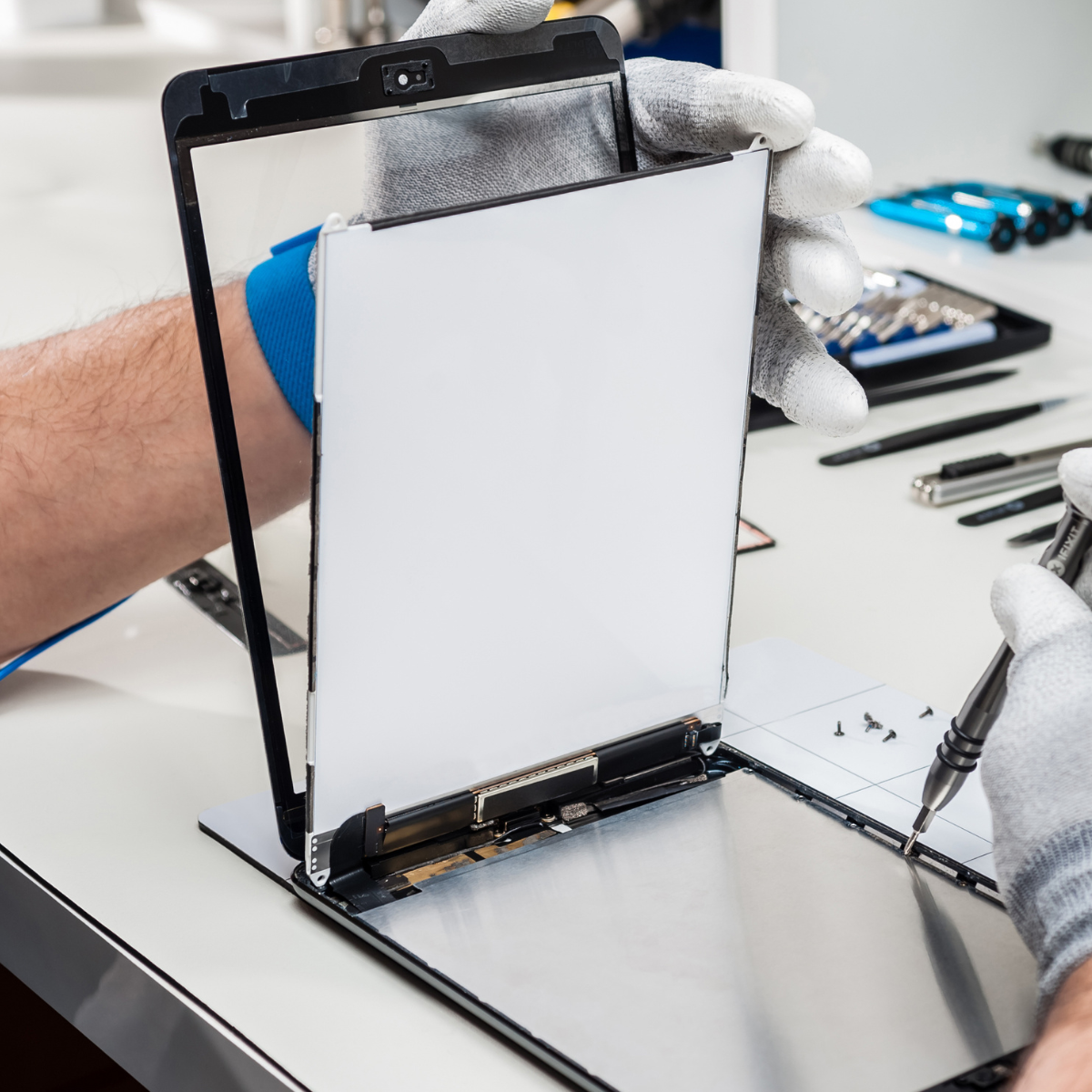In today’s world, we rely on a variety of devices and appliances in our daily lives, from smartphones to kitchen gadgets, and much more. With these devices, it’s inevitable that repairs will be needed at some point. However, many people believe certain myths about repairs that can end up costing them unnecessary money or time. In this blog, we’ll explore five common repair myths, debunk them, and provide the real information about what actually needs fixing. Understanding these myths can help you make better decisions when it comes to repairing devices and ensure that you don’t waste resources on issues that don’t need immediate attention.
Myth 1: “If it’s not working, it’s completely broken.”
This is one of the most common misconceptions when it comes to repairing devices. Many individuals assume that if something stops working, it’s beyond repair and needs to be replaced. This belief can lead to premature replacements, which are both costly and unnecessary.

The truth: Many problems can be fixed without the need for a complete overhaul. For instance, if your refrigerator stops cooling, the issue might be something simple like a blocked air vent or a malfunctioning thermostat. Similarly, in electronics like smartphones or laptops, sometimes a software issue can cause them to seem “dead,” but a software update or factory reset may resolve the problem without requiring replacement parts. Regular maintenance and troubleshooting can often extend the lifespan of your devices.
Solution: Before deciding to replace a device, consult a professional repair service. They can diagnose the issue and provide advice on whether a simple fix is possible or if a replacement is needed.
Myth 2: “You should always buy original parts for repairs.”
It’s common to hear that original parts are the only way to ensure your device or appliance runs as good as new. Many manufacturers market their genuine parts as the best option, but this may not always be the case. While original parts can be high quality, they’re often more expensive, and not always the best option.
The truth: There are high-quality third-party parts available that work just as well as original parts at a lower cost. Many independent repair shops use parts from reputable suppliers that meet or exceed manufacturer standards. These parts are often just as reliable and come with a warranty, offering good value for money.
Solution: When deciding between original and third-party parts, ask the repair technician for their professional opinion. Compare warranties and costs to ensure you’re getting a good deal without compromising quality.
Myth 3: “DIY repairs are always cheaper.”
The rise of online tutorials has led to the belief that DIY repairs are always a cheaper and easier option. While it may seem tempting to save money by fixing something yourself, it’s not always the best decision.
The truth: DIY repairs can sometimes end up costing more in the long run. Inexperienced repairs can result in further damage to your device, and what might have been a simple fix could turn into a more expensive repair. For example, opening up a laptop or smartphone without the right tools or knowledge can damage internal components, leading to the need for even more expensive professional repairs.
Solution: Consider the complexity of the repair before attempting it yourself. For simple tasks like replacing a phone case or cleaning filters, DIY might be a cost-effective solution. However, for complex repairs, especially with electronics, it’s better to leave it to the professionals to avoid unnecessary costs down the road.
Myth 4: “If it’s under warranty, it’s always free to fix.”
Many people assume that if their device is still under warranty, they can get a free repair without paying a cent. While warranties do cover repairs, this myth oversimplifies the process and can lead to disappointment.

The truth: Warranties often have specific conditions. For example, if your device gets damaged due to user error or external factors like water damage, the repair won’t be covered under warranty. Extended warranties may also include limitations on the number of repairs or the types of problems they cover. It’s essential to read the fine print and understand what is covered by the warranty.
Solution: Before relying on a warranty repair, carefully review the terms and conditions. Understand what’s included and what might incur additional charges. If your device is out of warranty, you can still often find affordable repair services that are worth considering.
Myth 5: “Old devices can never be fixed properly.”
There’s a widespread notion that old devices are not worth repairing and should simply be replaced. As a result, many people immediately discard their older phones, laptops, or household appliances once they start showing signs of wear and tear.
The truth: Older devices can often be repaired or refurbished successfully. Many repair services specialize in restoring old devices to their former glory. For instance, replacing a battery, repairing a screen, or updating outdated software can make an old device perform like new. Many repair services can even provide upgraded parts to give your old device a new lease on life. This is especially true for high-quality electronics or appliances that may still have plenty of life left in them.

Solution: If you have an old device that seems beyond saving, don’t give up just yet. Contact a specialized repair service and get their opinion. In many cases, repairing an old device is far more affordable and environmentally friendly than replacing it.
Conclusion
Understanding the facts behind common repair myths is essential when maintaining and repairing your devices and appliances. By discerning the truth behind these misconceptions, you can save money, extend the life of your devices, and make better decisions about when and how to repair or replace them.
Remember, before making any decision, it’s always wise to consult a professional repair service. They can provide an accurate diagnosis and recommend the most cost-effective solution to fix the problem. Whether it’s your smartphone, refrigerator, or laptop, knowing what really needs fixing can save you time, money, and frustration.
By choosing the right repair service and understanding these myths, you can ensure that your devices stay in excellent condition for longer, ultimately enhancing their performance and saving you unnecessary expenses in the future.

Leave a Reply